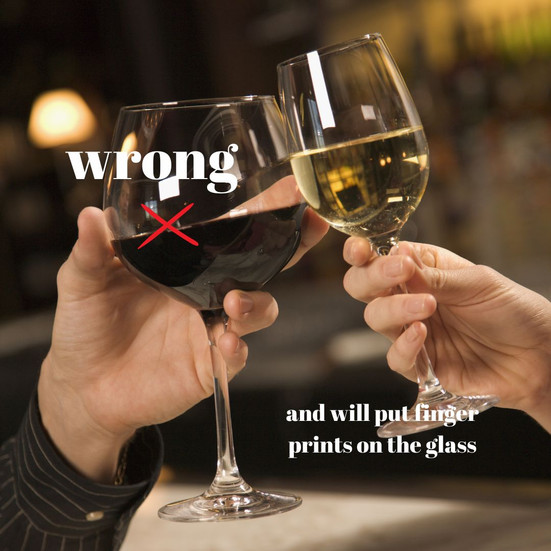How to Navigate Business Dinners with Wine Like a Pro
- Mimi Giraud

- Feb 3
- 3 min read

In Singapore’s fast-paced business world, wine often plays a key role in corporate dining. Whether you're attending a client dinner or hosting an important deal-making meal, knowing how to handle wine with confidence can leave a lasting impression.
Here’s how to navigate business dinners with wine like a seasoned pro.
1. Let the Host or Senior Guest Lead
If you’re a guest, follow the lead of your host when it comes to wine selection. If you’re hosting, take a moment to gauge your guests’ preferences before ordering. A balanced, food-friendly white like a Chardonnay or a medium-bodied red is always a safe bet.
2. Master the Art of Ordering Wine
Not sure what to pick? The sommelier is there to help. You can discreetly ask for recommendations based on the meal:
- "We’re having seafood. Can you suggest a white that pairs well?"
- "I’d like something elegant and not too heavy. What would you recommend?"
To make a quick decision, scan the list for familiar names, price points, or regions. A well-priced, mid-range bottle from France, Italy, or Australia is usually a good call.
And if you are looking at something within a price range and don't want to appear tight, don't worry. Sommeliers are great at picking up on your preferences without involving the whole table. Simply point to a wine in your price range and say something like:
- "I've enjoyed wines from this region/producer/country before, but am not a fan of *insert grape variety*. Can you recommend something similar?"

3. Know the Basics of Wine Varieties
Understanding different wine types helps you make more confident choices. Some key varieties to know:
Red Wines: Cabernet Sauvignon, Merlot, Pinot Noir (great with red meat and hearty dishes).
White Wines: Chardonnay, Sauvignon Blanc, Riesling (best for seafood, chicken, and lighter meals).
Sparkling Wines: Champagne, Prosecco (perfect for celebrations or an aperitif).
Rosé Wines: A versatile, refreshing option, particularly suited for Singapore’s tropical climate and great for meetings conducted over lunch.

Chablis (un-oaked chardonnay) is a great match to oysters
4. Wine Pairing Made Simple
If you’re unsure about food and wine pairings, keep it simple:
Red wine pairs well with steak, lamb, and rich dishes.
White wine works with seafood, chicken, and salads.
Sparkling wine is a great all-rounder, excellent with appetisers.
Rosé can bridge the gap between light and heavier dishes.
When in doubt, a crisp white or a versatile Pinot Noir is a smart choice.

Read more about food & wine pairings here.
5. Wine Tasting Etiquette
If the sommelier offers you a taste before serving, follow these steps to appear confident and professional:
Look – Check the clarity and color.
Swirl – Gently swirl the glass to release aromas.
Smell – Take a deep sniff; it should smell pleasant.
Taste – Sip, let it coat your palate, and give a subtle nod if it’s good.
No need for exaggerated reactions—keep it composed.

6. Hold Your Wine Glass Correctly
Always hold the glass by the stem, not the bowl. This keeps the wine at the right temperature and avoids smudging the glass—small details that elevate your etiquette.
Conclusion: Confidence Comes with Knowledge
By understanding the basics of wine varieties, pairing, and ordering etiquette, you'll navigate business meals and networking events with ease. Wine knowledge not only enhances the dining experience but also reflects well on you professionally. So, the next time you're at a business lunch or dinner in Singapore, you can sip and discuss wine with confidence.
With these tips, you're on your way to mastering the art of wine for business—making a lasting impression on colleagues and clients alike.
If you're interested in finding out how to make the most of each glass of wine, and taste like an expert, join us for one of our masterclasses.















Comments